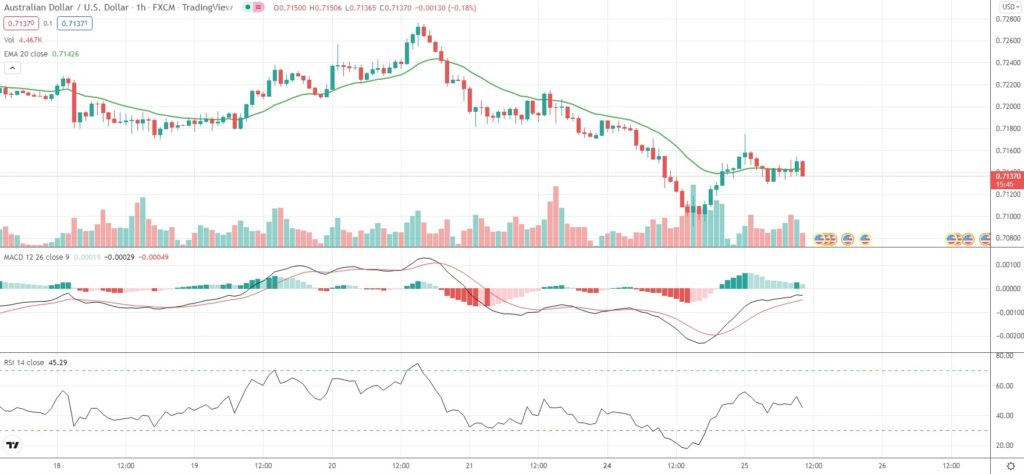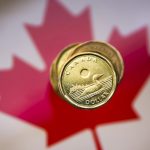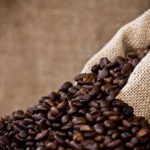AUD/USD was trading not far from recent one-month lows on Tuesday, as global stock markets were deep in the red amid continuing geopolitical tensions and global growth concerns.
The Aussie dollar almost ignored a report showing a sharper-than-expected increase in Australia’s CPI inflation in Q4, briefly rising to $0.7178.
Australia’s core inflation was reported at 2.6% during the fourth quarter, compared with a market consensus of 2.3%, and also above the midpoint of the Reserve Bank of Australia’s target range of 2%-3%.
The data reinforced investor expectations of an early interest rate hike, with markets now pricing in an increase in the RBA’s benchmark rate to 0.25% in May and four more rate hikes by the end of the year.
“It is clear that inflation has entered a new period of being sustainably higher, after an eight-year period of undershooting the RBA’s target band,” Diana Mousina, a senior economist at AMP, was quoted as saying by Reuters.
“We see the first rate hike starting in August, with a follow-up rate hike in September and a pause for the rest of the year before another lift in early 2023.”
RBA policy makers are scheduled to meet on February 1st, while market expectations point to no action on interest rates. Still, the central bank may raise its inflation projection and even end its bond-purchasing program rather than extend it to May.
As of 10:39 GMT on Tuesday AUD/USD was inching down 0.05% to trade at 0.7139, while moving within a daily range of 0.7129-0.7178. Yesterday the major Forex pair slipped as low as 0.7091, which has been its weakest level since December 20th 2021 (0.7082).
Bond Yield Spread
The spread between 2-year Australian and 2-year US bond yields, which reflects the flow of funds in a short term, equaled -7.34 basis points (-0.0734%) as of 9:15 GMT on Tuesday, up from -8.7 basis points on January 24th.
Daily Pivot Levels (traditional method of calculation)
Central Pivot – 0.7140
R1 – 0.7190
R2 – 0.7237
R3 – 0.7287
R4 – 0.7337
S1 – 0.7093
S2 – 0.7043
S3 – 0.6996
S4 – 0.6949






